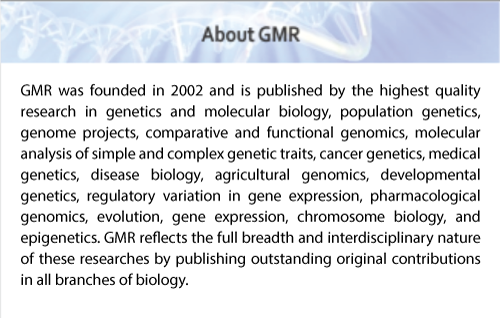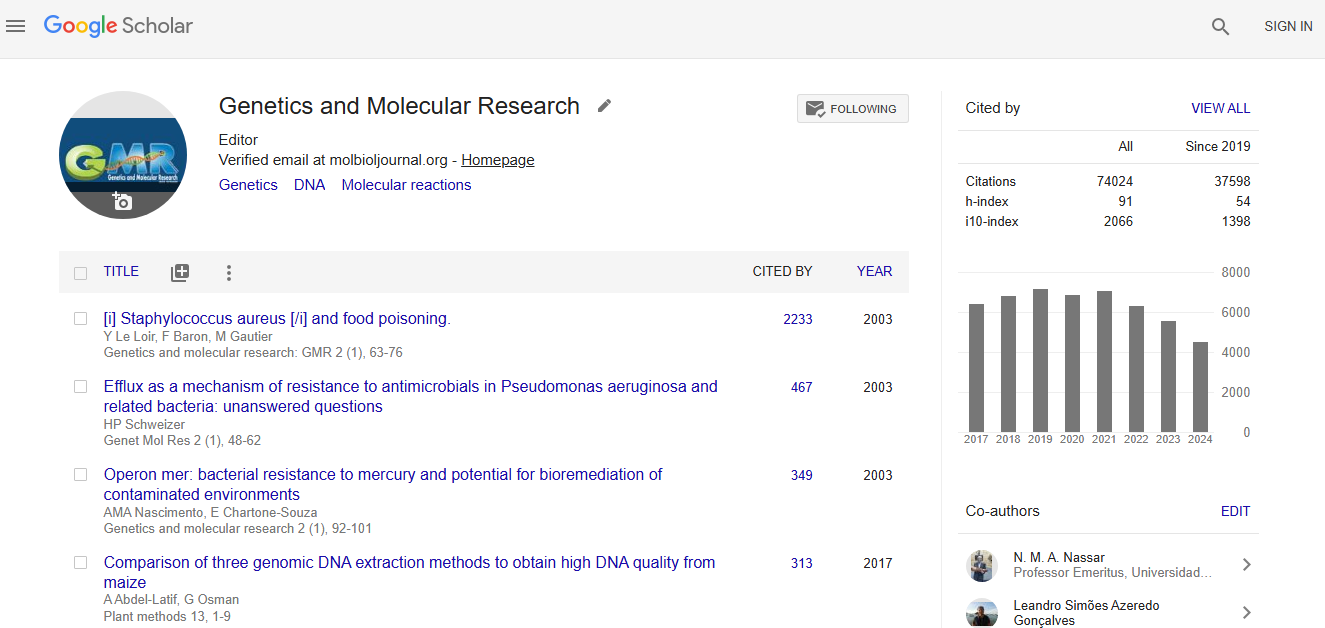Abstract
Gene flow between cassava, Manihot esculenta Crantz, and wild relatives
Author(s): N.M.A. NassarControlled and natural hybridization between cassava and wild relatives does occur. Barriers within the genus appear to be weak due to recent evolution of the group. All Manihot species examined cytogenetically have a chromosome number of 2n = 36. However, they behave meiotically as diploids. The weak interspecific barriers have led to an extremely heterozygous gene pool that may begin a sequence of hybridization followed by speciation. Introgression from cassava into a number of wild species (M. neusana, M. alutacea, M. reptans and M. anomala) has been detected by both morphological marker genes and molecular techniques. Winged fruit, setaceous bracteoles, and wide leaf sinus were dominant genes that came from cassava and appeared in the hybrids. The characteristic protein bands of cassava were recognized in the hybrid seed protein electrophoresis.
Impact Factor an Index

Google scholar citation report
Citations : 74024
Genetics and Molecular Research received 74024 citations as per google scholar report
